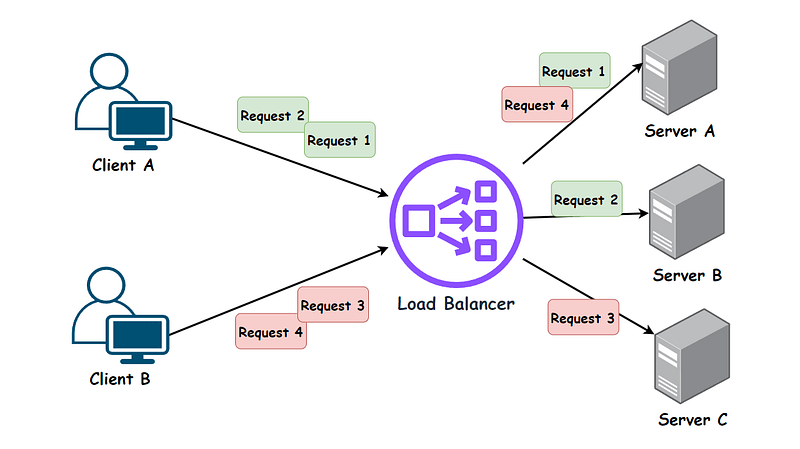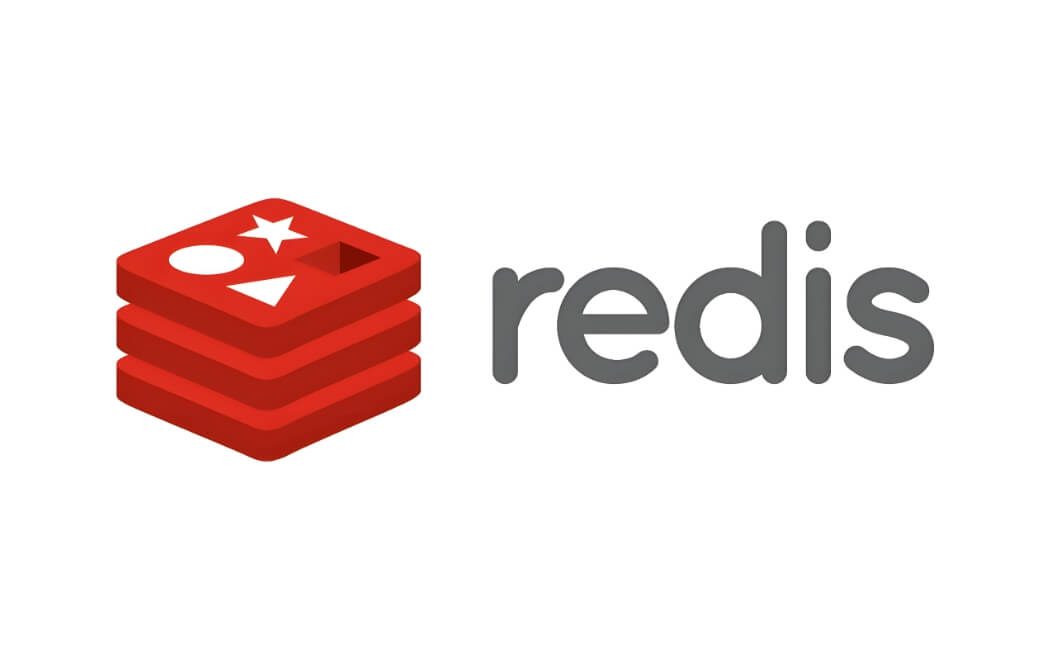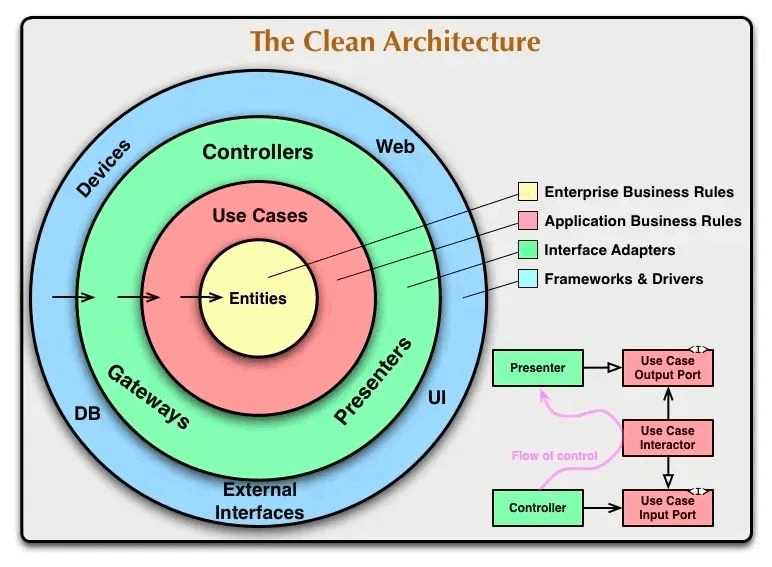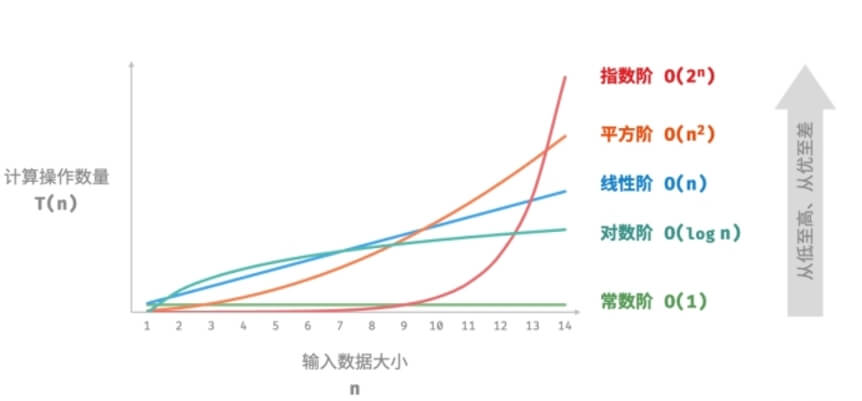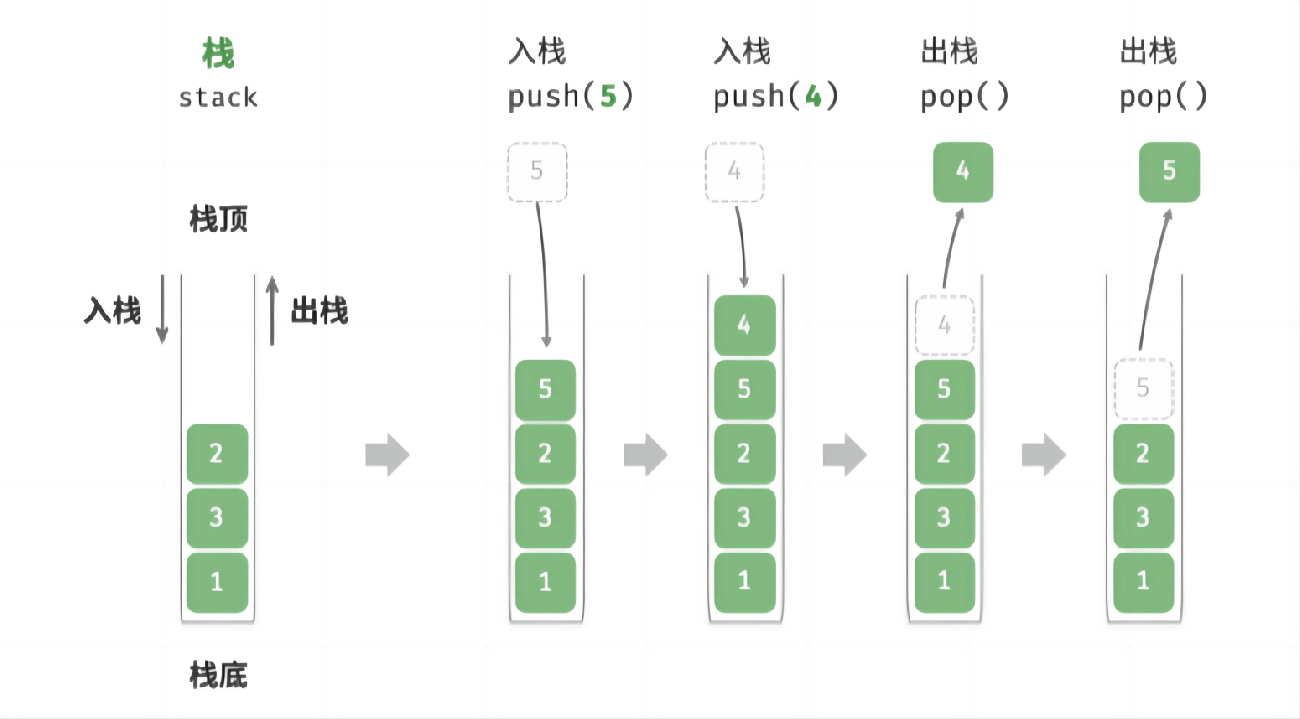As database systems face performance bottlenecks due to resource limitations on physical servers, database sharding and partitioning strategies offer efficient ways to manage high concurrency and large datasets. In this article, we explore the key middleware solutions that support sharding and partitioning, helping to scale database performance and manage resources effectively.
1. Introduction
Physical servers have limited resources, including CPU, memory, storage, and connection capacity. High concurrency can lead to performance bottlenecks. To resolve this, the industry has adopted the idea of "divide and conquer" by splitting large databases into smaller parts. This is achieved through two methods: vertical and horizontal partitioning.
Vertical Partitioning (Scale Up): Divides databases or tables based on functional modules, such as splitting into order databases, product databases, and user databases.
Horizontal Partitioning (Scale Out): Divides data within a single table or across databases to reduce the load caused by growing data volumes.
2. Overview of Mainstream Middleware
Sharding and partitioning middleware is crucial for managing high concurrency and large data volumes. These tools provide functionality such as data sharding, routing, and load balancing, improving database performance and scalability. Below are some common middleware options:
2.1 ShardingSphere
Overview:
ShardingSphere is an open-source middleware that offers features like sharding, read-write separation, and distributed transactions. It supports databases such as MySQL, PostgreSQL, Oracle, and SQL Server.
Architecture:
Sharding-JDBC: Provides transparent sharding at the application layer.
Sharding-Proxy: Routes database requests to different nodes, enabling read-write separation and load balancing.
Sharding-Sidecar (planned): A Kubernetes-native database proxy.
Advantages:
Flexible scalability with horizontal and vertical expansion.
High availability through replication and multi-active architecture.
Simplified development with easy-to-use interfaces.
Suitable for high-concurrency and large-scale data storage scenarios.
2.2 MyCAT
Overview:
MyCAT is a Java-based open-source middleware that acts as a proxy for MySQL, providing features like sharding, read-write separation, and global sequence numbers.
Architecture:
MyCAT operates with a server-proxy architecture, routing client requests to different database nodes.
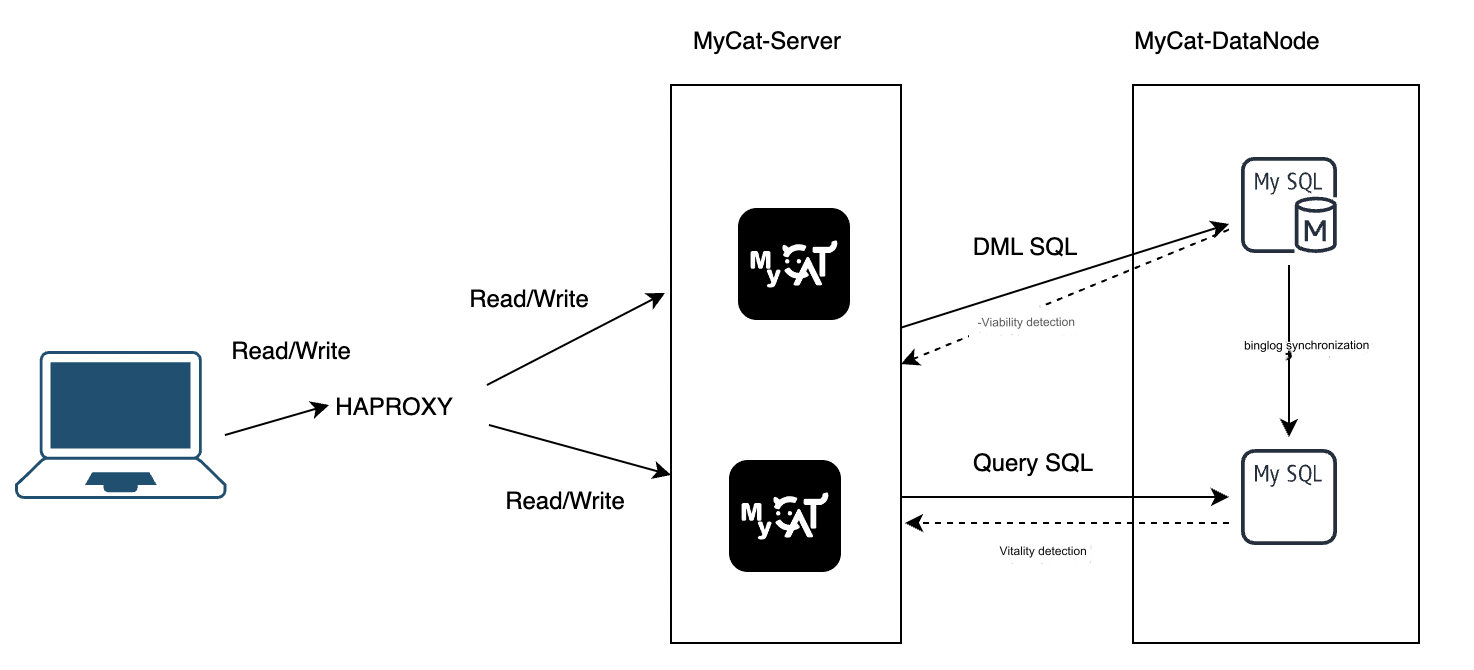
Advantages:
Easy to deploy and manage, especially for large MySQL clusters.
Transparent to applications, though SQL support may require optimization.
2.3 Vitess
Overview:
Vitess, developed by YouTube, is an open-source middleware designed to manage and scale large MySQL clusters.
Architecture:
Vitess offers data sharding, read-write separation, and load balancing via its query router, vtgate.
Advantages:
Strong horizontal scaling and load-balancing capabilities for MySQL clusters.
Limited support for non-MySQL databases.
2.4 Other Middleware
Other solutions, such as Cobar (now obsolete), TDDL (Taobao's distributed data layer), and Atlas (open-sourced by Qihoo 360), were once popular but have seen reduced usage over time.
3. Conclusion
Choosing the right sharding and partitioning middleware depends on specific business needs, technology stack, and performance requirements. ShardingSphere, MyCAT, and Vitess are the most mature and popular choices today. It is also important to consider the future development and community support of the middleware for long-term maintenance and upgrades.
